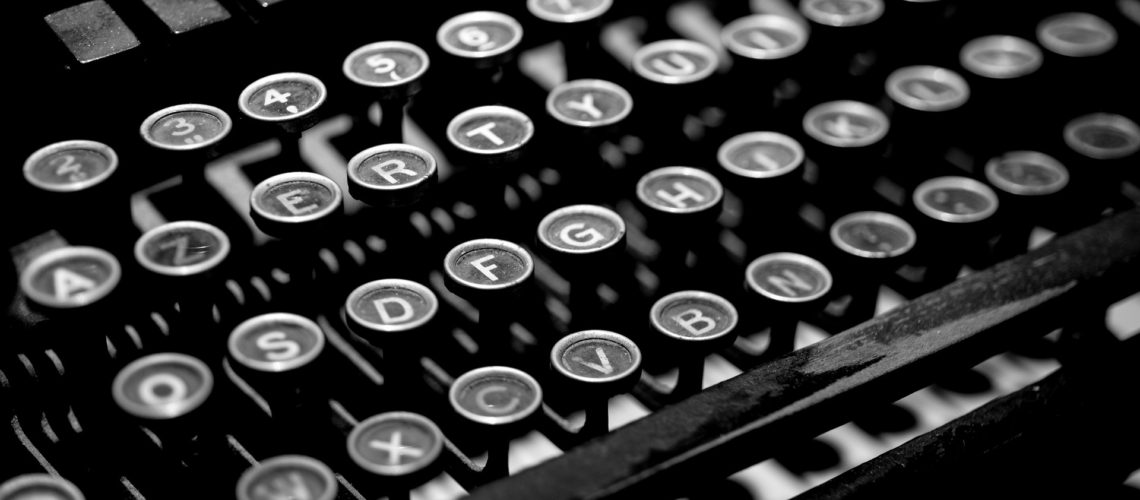Text as Substance and Style in The Electric Kool-Aid Acid Test
October 26, 2021

The style of Tom Wolfe’s The Electric Kool-Aid Acid Test is not the least bit out of the ordinary for writers of the beat movement, but Wolfe may have captured the pulse of the art better than any of his contemporaries by selecting a perfectly evocative subject matter in the guise of a straight edge reporter following one of North America’s most profound cultural awakenings, or, in layman’s terms, he wrote one heck of a great book—widely acclaimed because of the way it conveys facts on the ground as well as vibes in the air. However, whether you are the aforementioned layman, a psychedelic drug aficionado, or a historian of 1960’s counterculture, be wary of The Electric Kool-Aid Acid Test, because you may come to hate it.
The warning above is in no way meant to state that the book lacks merit. Instead, the shot across the bow is merely intended to point out that Wolfe’s text is so highly stylized and so completely molded by time and place that unless you are prepared to be transported you may understandably detest it. And even if you’re in the market for a time travel machine of sorts, you may still not like the stops where this particular vehicle lets passengers on and off.

The problem, if it can be called such, is that large sections of the book are dedicated to the recall of characters and concepts that the reader will undoubtedly be familiar with—by way of earlier introduction in the book—for the sole purpose of allowing the Wolfe to saunter through another round his unique prose stylings. Or rather, repetition and redundancy are core features of the text. This is not necessarily a blemish, as the writing is one of the main draws of the book, and for most, getting another chance to read Wolfe’s prose bump, boom, and shake across the page is considered one of the joys of his work, but those unprepared for the special mix of poetry and prose may find the book off-putting. Here’s a sample of some of the most dynamic text in The Electric Kool-Aid Acid Test:
LSD; HOW CAN — NOW THAT THOSE BIG FAT LETTERS ARE babbling out on coated stock from every newsstand … But this was late 1959, early 1960, a full two years before Mom&Dad&Buddy&Sis heard of the dread letters and clucked because Drs. Timothy Leary and Richard Alpert were french0frying the brains of Harvard boys with it. It was even before Dr. Humphry Osmond had invented the term “psychodelic,” which was later amended to “psychedelic” to get rid of the nuthouse connotation of “psycho” … LSD! It was quite a little secret to have stumbled onto, a hulking supersecret, in fact—the triumph of the guinea pigs! In a short time he and Lovell had tried the whole range of the drugs, LSD psilocybin, mescaline, peyote, IT-290 the superamphetamine, Ditran the bummer, morning-glory seeds. They were onto a discovery that the Menlow Park clinicians themselves never—mighty fine irony here: the White Smocks were supposedly using them. Instead the White Smocks had handed them the very key itself. And you don’t even know, bub … with these drugs your perception is altered enough that you find yourself looking out of completely strange eyeholes. All of us have a great deal of our minds locked shut. We’re shut off from our own world. Aand these drugs seem to be the key to open these locked doors. How many?—maybe two dozen people in the world were on to this incredible secret! (Wolfe, 24)
This section of the book is one of the most evocative examples of Wolfe’s prose. It perfectly captures what the book does at its best, which is to express the abstract in imagistic terms. Wolfe’s manic sentences shimmy and shake, and in doing so they develop the fractal-like abstraction that is a psychedelic experience. The words portray aspects of psychedelia’s modern origins, its relation to the zeitgeist, as well as its significance to users all in a single comprehensible but altogether wild ride of a paragraph. This writing is the kind of work that Wolfe does best and although I happen to like the example provided above, I realize that your mileage may vary.
In contrast, below is a section of text that I found far less appealing. Although I like Wolfe’s prose, I generally find textual embellishment, such as often appears in The Electric Kool-Aid Acid Test, to be wholly unnecessary, but in this particular book the wild prose often works in service of its subject: expressing the dilation of time, place, and identity that may occur while under the influence of drugs. However, the extract exhibited below works against the momentum of the book.
In the San Francisco jail
Before he got out on bail
Kesey met a kid with magic fingernails.
“Take a lick,” said the kid
And everybody did.
They all licked his nails and blew their lids.
Twenty-seven psyches
Going off like Nike
Missiles through the lye-scoured
Concrete skyways of the San Francisco jail.
Now—
Kesey told this story
To the local reporters
Who pressed around him in the courtroom,
After the hearing on his bail,
Just to prove how hopeless
Was the drive to stamp out dope
With things like cops and jails.
Try and stop a kid with magic fingernail !
The headlines said
LSD ORGY IN THE SAN FRANCISCO Jail! (Wolfe 201)
If, after reading these two uniquely polarizing passages, you are still interested in The Electric Kool-Aid Acid Test, you may find that the prose and poetry lend a beat and tempo that ultimately make the book sing. And as a time machine, or merely as a jukebox in a time-capsule, the writing in The Electric Kool-Aid Acid Test acts as a soundtrack that puts the reader in the mindset of the age. However, if you are not prepared to travel out of the modern period, the book may seem outdated in nearly every way. Or, in language taken from the book itself, you may realize that the Merry Pranksters common refrain that ‘Art is not eternal’ may indeed be an aphorism worth considering.
However, if you liked any of the passages provided above, and you decide to read Tom Wolfe’s The Electric Kool-Aid Acid Test, you will find that the prose acts as an additive series of declarations, picking up momentum word by word and clause by clause until the meaning implodes to form something more than the sum of its individual parts. Ordinary words and mundane expressions in the constant, unending juxtaposition of Wolfe’s linguistic landscape result in brilliantly captured moments that push the limits of language. And just as the Merry Pranksters dared to defy convention, so does Wolfe’s writing reflect the dissonance between that which is considered normal and that which breaks norms.
Furthermore, Wolfe’s use of language illustrates the aspects of a psychedelic experience that are not only difficult to capture in any medium, but which are most evocative of what it means to “trip”. The intangible feelings, thoughts, and perceptions of time, space and self are perfectly captured by a man who has claimed to have never dosed, which is to say that Tom Wolfe was either a brilliant reporter, or that Kesey’s LSD experience really was a way to trip without taking a single drug. Or in language that embodies the entire book, we are left to wonder whether Wolfe was “on the bus or off the bus.”
